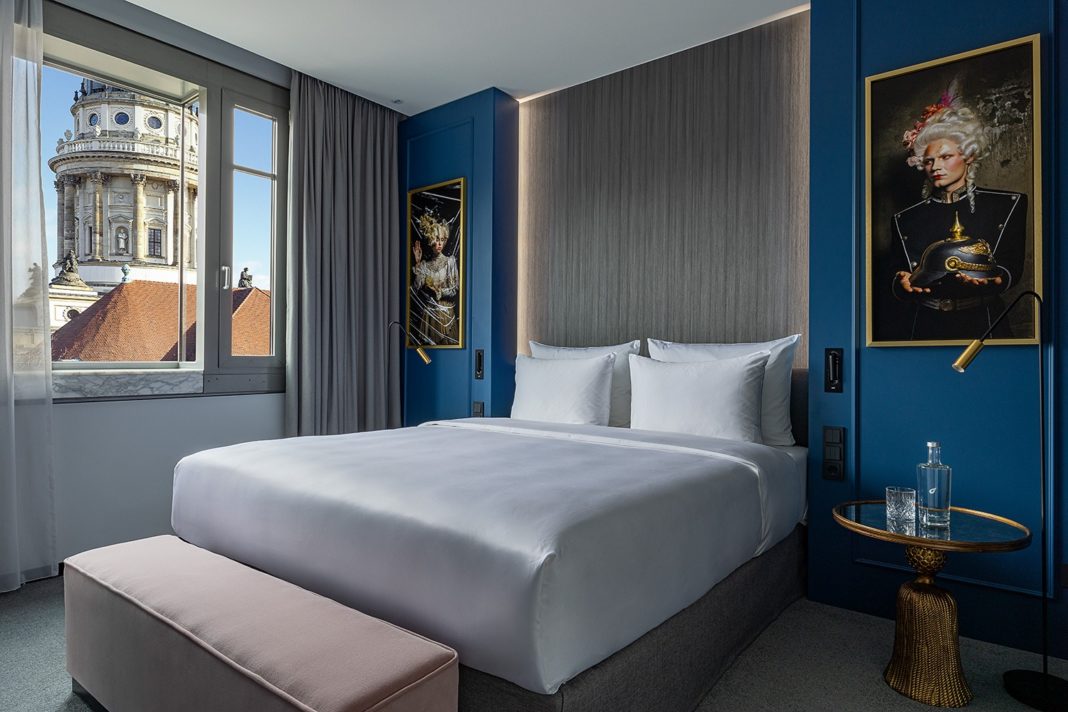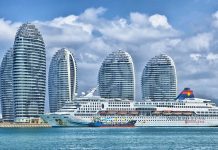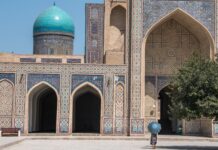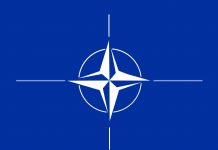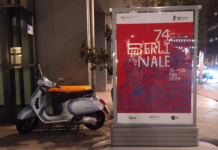Berlin, Germany (Weltexpress). Said and done. But the new hotel in Berlin’s starry sky around Gendarmenmarkt, the Hotel Luc, did not open as planned, but on February 22, 2022. At least the doors open now and not only craftsmen come in and out, but also guests, after the “Sofitel” hotel and Herbert Beltle’s “Aigner” restaurant closed their doors there two years ago.
The Hotel Luc of the Autograph Collection is considered by the ladies and gentlemen responsible for public relations as “a new jewel in the portfolio“ of the Autograph Collection hotels. They are considered a group of independent hotels ranging from superior to luxury within what Marriott has to offer. The properties of Autograph Collection Hospitality, which was founded in 2010 and has its headquarters in Washington, D.C., are today only partly privately owned. The group includes around 200 softly branded but not all independent hotels. More than half are in North America, and one in four now in Europe. Marriott International has around 7,900 hotels with brands such as St. Regis, Le Méridien, Sheraton, The Ritz-Carlton, and the aforementioned Autograph Collection.
Back to Luc and thus to Berlin’s Gendarmenmarkt. The hotel is located in a building that was erected in the GDR era – and is listed. There was – no question – a dispute about the GDR buildings. Preservation or rubble and therefore demolition, redesign or reconstruction? The shape of the square from 1984 was preserved, while the history of the square is more than just a market square, cemetery and military base until 1770, late baroque architectural square (from 1770 to 1870), bourgeois decorative square (1872 to 1935), administrative square with green areas (from 1935 to 1945), Schuttplatz and again “event place with green areas (from 1948 to 1984) as well as historicizing modern town square (since 1984) with GDR and FRG charm and legions of tourists.
One or the other of them should stay at the Hotel Luc and be reminded a little of history, which is not only testified by the Prussian Blue. A Marriott International newsletter dated February 28, 2022 also states that the Hotel Luc bears “the nickname of Frederick II King of Prussia”, “which the French philosopher Voltaire gave to his friend and patron”. Luc coming from the the here not so fashionable: cul = ass, read the other way round. What a lovely way to address a benefactor.
Michael Wagner from the Munich Hotel Partners and hotel director Thomas Duxler cut the Prussian blue ribbon in front of the narrow main entrance of the high building at the corner of Charlottenstraße and Französische Straße without anyone being chased away and asked them to visit the hotel and have a table in a restaurant that is called “Luc” during the day and in the evening and at night “Heritage”.
In the “Luc” value is placed on “design” and thus a beautiful appearance, which absorbs “the geometric clarity of Friedrichstadt” and the good side of things, also called “ideals”, that were often expressed at the time, such as “cosmopolitanism, tolerance and generosity“ here on show in the „lounge and gastronomy concept”. Now don’t lose a word about what was not so good.
Further in the text: “Interior designer Oana Rosen chose a deep Prussian blue and combined it with striking stylistic elements. The interior design of the 70 rooms and 22 suites impresses with its straightforwardness, which, in combination with the extraordinary photographic art of the Hungarian photo artist Andras Dobi, transports the Prussian attitude to life to today’s Berlin. The cooperation with the Royal Porcelain Manufactory also shows that the combination of Prussian quality and openness is very contemporary.”
Whatever is meant by a Prussian attitude to life transformed into today’s Berlin, blue was once more expensive than gold until an attempt by the alchemists Johann Jacob von Diesbach and Johann Conrad Dippel went wrong in Berlin. A liquid turned a deep shade of blue instead of crimson. Berlin blue, also known as iron blue, was invented. The alchemists had inadvertently created the first modern artificial pigment. Hooray for the Berliner Blau!
Actually, both should and wanted to earn money with the production of golden colors or with the production of gold. Berliner Blau did the same, and from then on the Prussian soldiers wore the most expensive uniforms in the world to date, which is why the designation Prussian Blue prevailed, while the English and British continued to march in red. They were called redcoats because of their dress. Cheers then not only to the color Prussian Blue, certainly not for arms, but rather for freedom day to come. With April shine, say „cul“ to corona and lots of luck to „Luc“!
Remark:
The above article by Ole Bolle was published in WELTEXPRESS German on March 8, 2022 and transfered by Christopher Prescott for WELTEXPRESS English.


